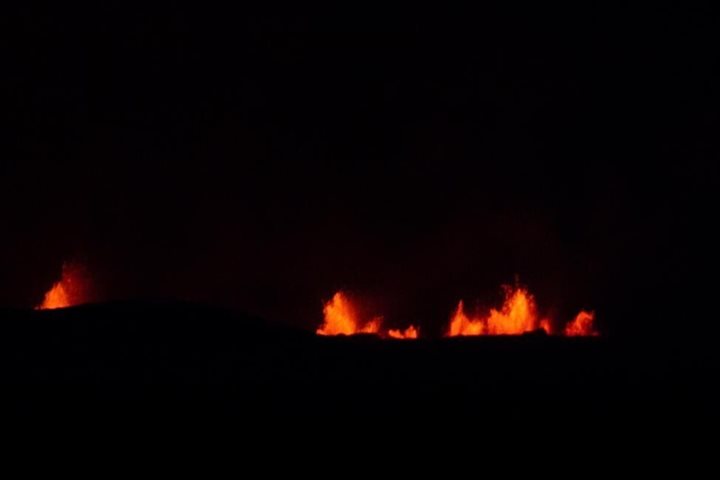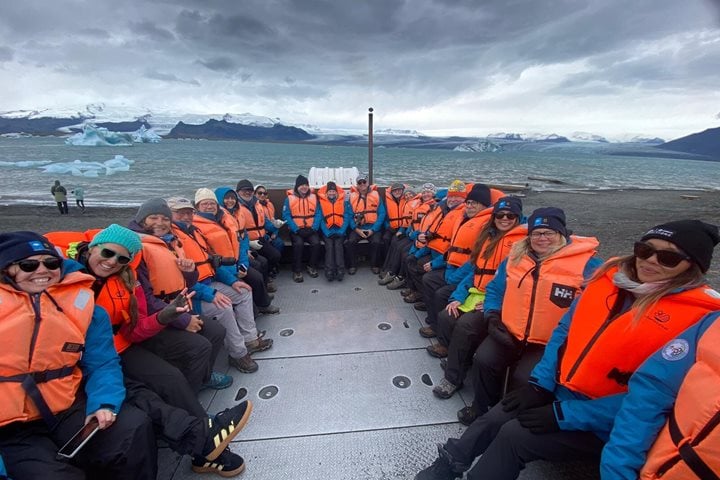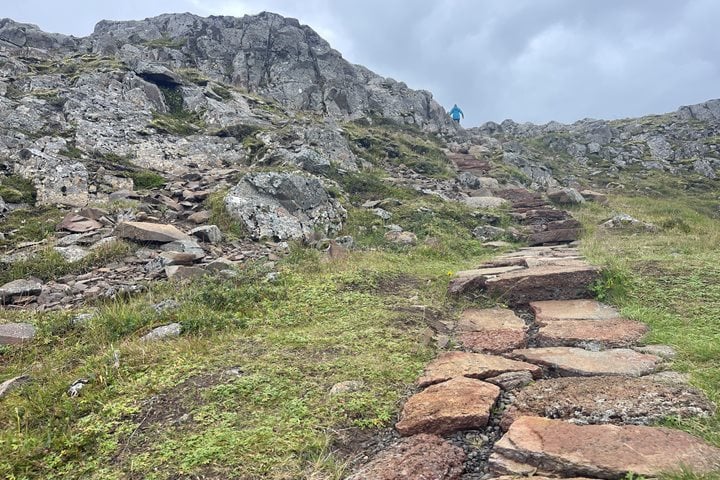Herring is one of this century’s principal shapers of Icelander’s destinies. Without herring it is questionable whether the modern society that now exists in Iceland could ever have been developed.
(Icelandic Historical Atlas, Vol.3, p40.)
Had the National Geographic Orion been sailing into Siglufjördur a century ago, we would have witnessed a bustling town in the grasps of a fishing industry that had become a lifeline and the lifeblood of a nation. Today Siglufjördur is a quiet and crisp northern town. A fishing industry still exists here, but today the large warehouse buildings and hefty trawlers are interspersed with colourful buildings housing cafes and bars – a hint to the steady stream of tourists who now come here to learn about Siglufjördur during its herring heyday.
This afternoon was our opportunity to do just that. An award-winning museum encompassing three fascinating buildings allowed us an insight into the history, lifestyle and workings of a booming fishing industry in a small Icelandic town. The Roaldsbrakki building, which was once home to over 50 employees during the hectic summer seasons, remains largely untouched. We were able to peak into the lifestyle of a workforce comprising mostly women and girls, who shared tiny bunks. The bedrooms and kitchen may have been small, yet the ladies who lived and worked here were part of an industry that gave them financial prospects, a sense of independence and excitement and in many way a city lifestyle.
The herring industry in Iceland certainly enhanced the prospects for the women of Iceland. These ‘Herring Girls’ now had a chance to earn their own money and experience a career that was certainly full of hard work, but also plenty of fun and socialising. The nation as a whole benefitted immensely from the herring boom, which in 1916 saw 200,000 barrels of salted herring exported – all of which likely packed by the ‘herring girls’. How the herring export from Siglufjördur managed to account for 20% of the nation’s total exports became a little clearer upon visiting the large factory building where the machinery and tools used to process the fish oil and fish meal remain.
These large catches were a lifeline not only to Iceland but also many other countries in Northern Europe during the world wars. This vital source of protein continued to propel Siglufjördur into Icelandic stardom. Throughout the 1950s and 1960s new technology and fishing techniques saw the industry grow to epic proportions. Larger factory vessels soon eclipsed the small wooden vessels we were able to view in the Boat House building this afternoon. People flocked to the town seeking herring riches.
By 1969 the herring was gone. The boom had become the bust. Overfishing had caused an industry integral to a nation to collapse under its very own feet. Today the herring have returned following fishing bans and careful monitoring, yet it is clear to see the Siglufjördur of the 1950s is not the Siglufjördur we saw today. Nevertheless, the wonderful museum and local insights from our guides allowed us an appreciation of what the Siglufjördur herring heyday would have looked, felt and smelled like!







